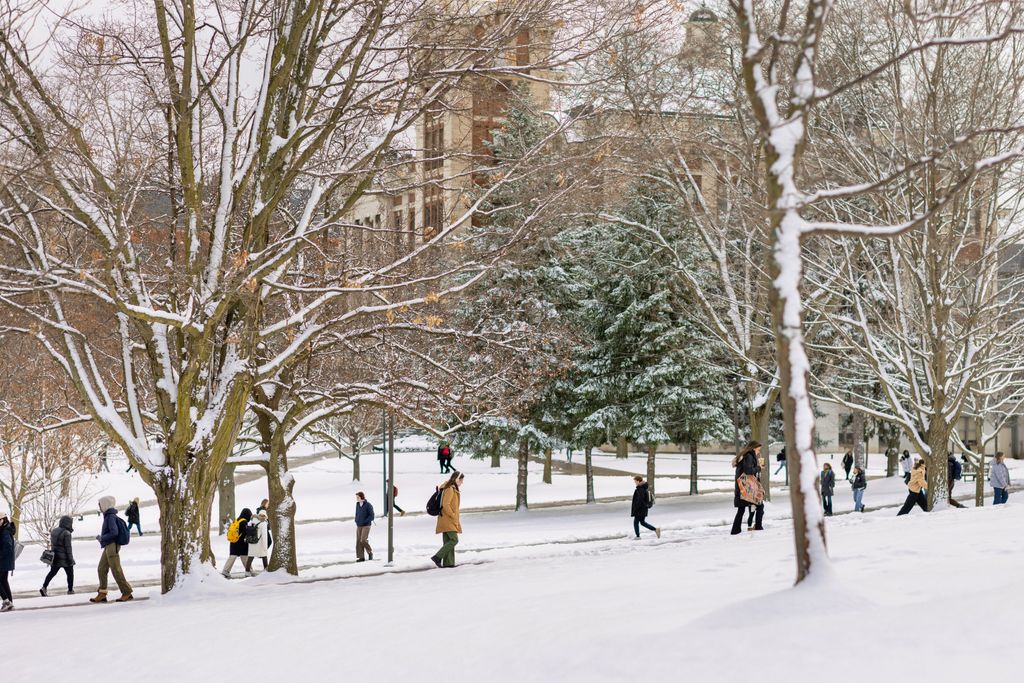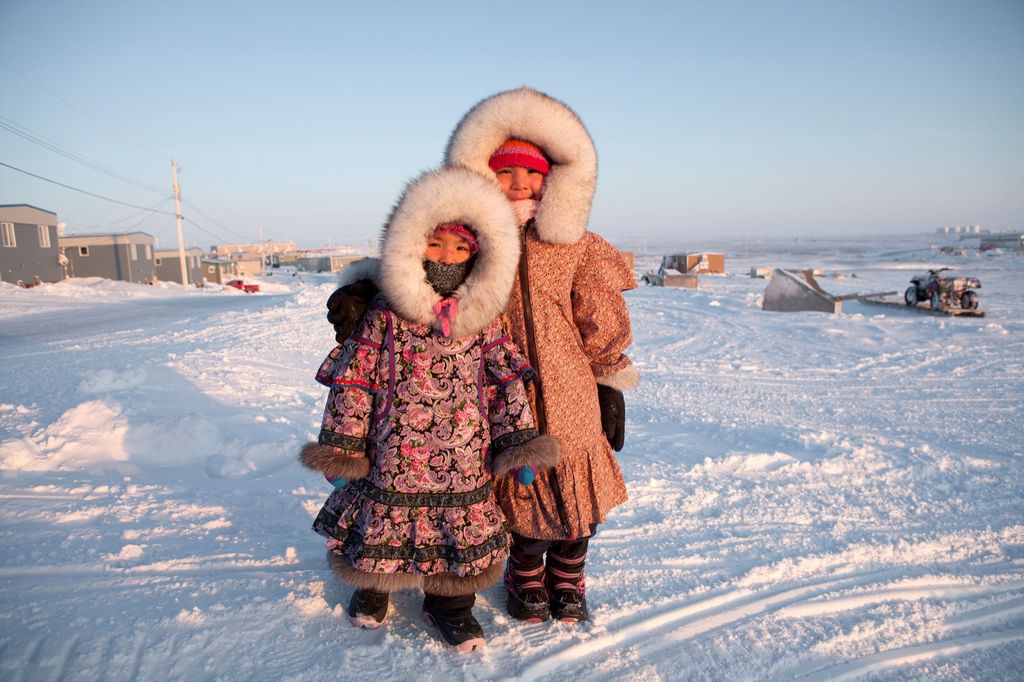
Bitter winds.
Heavy snow.
Freezing temperatures.
As students at Syracuse University, we’re no strangers to the biting cold of winter. From braving the winds on the way to classes to layering up for the occasional snowstorm, we’ve all learned to deal with the chill. But what if I told you that our bodies are biologically hardwired to do more than just survive in the cold? What if cold exposure could trigger processes that have been essential to human survival for millennia?
Cold-induced thermogenesis (CIT) is a biological process where our bodies generate heat in response to cold temperatures. While it might seem like an automatic reaction–something that happens without us really thinking about it–it’s actually entrenched in evolutionary history. Our ancestors relied on this process to keep warm in the harshest climates. Now, in an age of central heating and thermal clothing, it’s easy to forget just how crucial this adaptation was, and still is, for survival.
As global temperatures fluctuate due to climate change, extreme weather conditions–both hot and cold–are becoming more common. In this context, understanding CIT takes on a new relevance. While we’re no longer dependent on CIT for survival in the way our ancestors were, this mechanism gives perspective into how humans might continue to adapt to a changing environment.
At its core, CIT is a mechanism that helps the body maintain homeostasis when exposed to cold environments. Homeostasis is the body’s ability to maintain a stable internal environment, keeping factors such as temperature, pH, and energy levels balanced despite external changes. One of the key components in this process is brown adipose tissue, commonly known as brown fat. Unlike the white fat that stores energy, brown fat burns calories to generate heat.
A study published in Cell Metabolism (2010) found that, when exposed to cold, brown fat can increase energy expenditure by up to 30 percent, demonstrating the body’s powerful ability to adapt to cold exposure. This thermogenic response is facilitated by uncoupling protein 1 (UCP1), which allows brown fat to generate heat without producing ATP, effectively helping to combat cold stress. This is no small feat; our bodies can essentially turn fuel into heat to battle frigid conditions.

But CIT isn’t just a modern quirk of biology. It’s an ancient survival mechanism that has helped humans thrive in some of the most unforgiving environments on Earth. Take, for instance, the Inuit populations of the Arctic, who historically lived in extreme cold with limited access to heat sources. Studies on cold adaptation, such as research by Ocobock et al. (2022), have demonstrated how populations in colder regions exhibit higher metabolic rates and greater activity in brown fat, further highlighting the biological importance of CIT in human evolution.
Our ability to generate heat in response to cold is an evolutionary advantage that has shaped human survival for thousands of years. Humans evolved in diverse climates, many of which posed significant challenges for maintaining body temperature. Before the invention of modern heating, insulated clothing, or even fire, CIT played a critical role in our ancestors’ ability to endure and thrive in frigid environments.
By generating heat internally, humans were able to explore and settle in regions that would otherwise be uninhabitable. The survival of early humans in colder climates is in part due to this intrinsic adaptation; that is, a biological safeguard against environmental extremes. For example, humans can generate heat through shivering, which significantly increases metabolic rate and helps maintain core body temperature.
In many ways, CIT reflects our capacity for toughness, not just as individuals, but as a species. The fact that our bodies can adapt so effectively to cold environments is an indication of the evolutionary ingenuity that has allowed humans to thrive in some of the most inhospitable places on Earth. While modern conveniences such as heating and thermal clothing have lessened our reliance on CIT, they have also distanced us from the natural processes that once shaped human survival. As we rely more on artificial warmth, we may inadvertently weaken our natural resilience. This detachment can manifest in various ways, including a reduced capacity for thermoregulation and potentially an increased vulnerability to environmental stressors.
Moreover, in an age where both human biology and the environment are under increasing pressure, taking a closer look at the mechanisms that have kept us alive through millennia could reveal new approaches for resilience.
Today, the relevance of CIT goes beyond evolutionary curiosity. As climate change continues to alter global weather patterns, extreme cold spells are becoming more frequent and severe in many parts of the world, including Syracuse. Understanding how our bodies naturally respond to cold might help us better adjust to these changes.
While cold exposure can be uncomfortable, it triggers processes that might make us tougher. Integrating CIT into daily life doesn’t require ice baths or Arctic expeditions. Studies suggest that repeated exposure to mild cold through activities such as cold water swimming or spending time outdoors during winter can help improve our tolerance to the cold over time. Small, practical steps can make a difference. One could even try cold showers or short bursts of cold-water exposure.
On a larger scale, this could become important as more regions experience drastic seasonal temperature shifts. While we continue to face environmental challenges, both immediate and long-term, the study of CIT may offer important viewpoints into how we can better navigate an unpredictable world. It provides potential for adaptation and survival in the face of future climate challenges.
It also raises interesting questions about how much we’ve lost touch with our natural ability to adapt to harsh environments and whether reconnecting with these biological responses could benefit us in the future. Falk College’s commitment to interdisciplinary research, spanning public health, nutrition, and exercise science, ensures that students and researchers alike are equipped with knowledge to address these challenges in both practical and academic ways.
So, the next time you step outside into the Syracuse cold, remember that your body is doing far more than just shivering–it’s tapping into an ancient survival mechanism that has enabled our species to thrive in some of the harshest environments on Earth. Trust in that process; your body is equipped with strategies honed over millennia to protect and sustain you.
Sudiksha Khemka ’28 is a nutrition major in the Department of Nutrition Science and Dietetics in the Falk College of Sport and Human Dynamics. She will be a regular contributor to the Falk College website, and she also writes a regular column in the Daily Orange.
